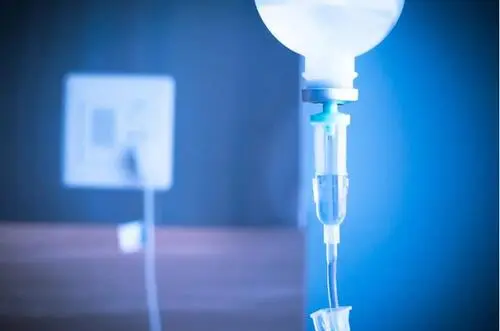


There are two key concepts nurses must understand as prerequisites to calculating IV drip rates.
Macro tubing (standard tubing) has a drip factor between 10 and 20. It is used with adults when delivering large fluid volumes at infusion rates of >80ml per hour. For example, if a tubing has a 20 gtt/mL drop factor, that translates to 20 guttae (drops) to make a milliliter of fluid.
Micro tubing has a drip factor of 60 gtt/ml and is used with neonatal and pediatric cases to deliver small fluid volumes.
To calculate IV drip rates, nurses need these three formula components:
With all that in mind, here are the 3 steps to calculate IV drip rate:
Knowing the type of IV tubing is crucial to determining the correct drop factor to use in the IV drip rate formula. So, you need to find out if you are using the standard macro tubing or the specialized micro tubing.
The IV tubing is already calibrated in gtt/ mL (drop factor). Once you identify the IV tubing for a patient’s infusion therapy, read the IV tubing drop factor on the package.
You obtain the IV drip rate using the formula: total fluid volume in ML divided by the infusion time in minutes, multiplied by the drop factor in gtt/mL.
In a simplified form:

Since prescriptions may come written in hours for the infusion time and Liters for the infusion volume, it is important to keep in mind the standard conversions for these units:
So, let’s take an overall example for this step:
Assuming the doctor has prescribed 1liter of IV fluid to be infused over 10 hours using a macro tubing with a 10 gtt/mL drop factor. You will calculate the drip rate as follows:
The drip rate for this fluid delivery will be:

Specifically:
